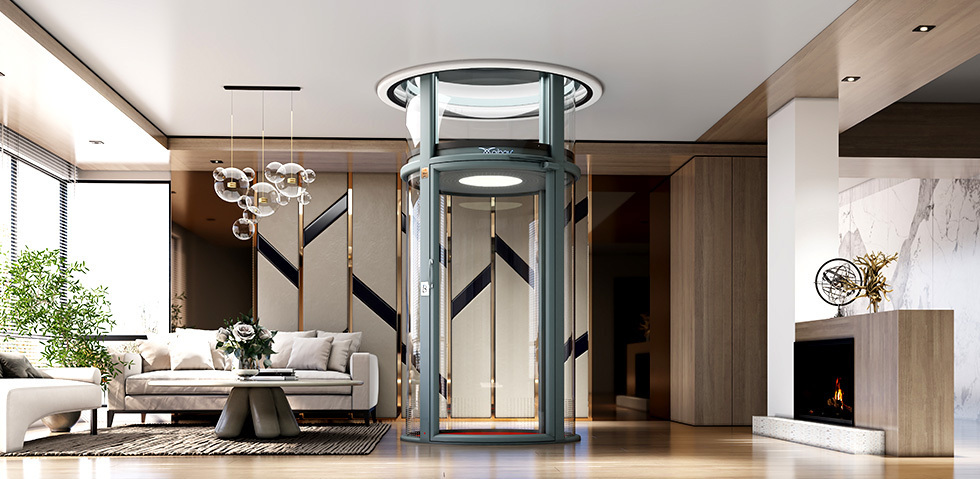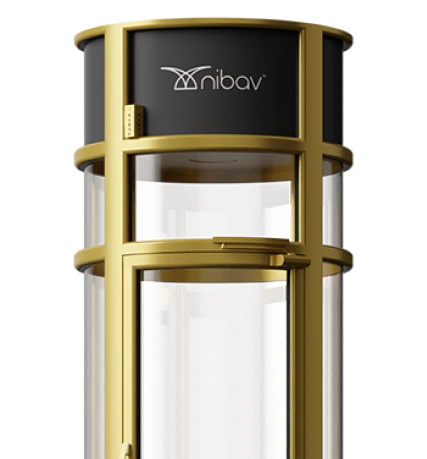Introduction
Installing a home elevator transforms residential spaces by combining accessibility with luxury, offering unmatched convenience for users. These elevators enhance mobility, making homes more accessible for elderly individuals and those with special needs. However, their efficiency and safety depend on a meticulously planned installation process.
This comprehensive guide outlines the steps for installing and maintaining home elevators, including pre-installation planning, site preparation, and post-installation care, to ensure homeowners can navigate the process seamlessly.
Pre-Installation Planning
1. Assessing Your Home’s Layout and Space Requirements
Begin by evaluating the available space and identifying structural limitations. Factors such as ceiling height, floor dimensions, and load-bearing capacity will determine the type and size of the elevator suitable for your home.
2. Choosing the Right Type of Elevator
The market offers three primary types of home elevators: pneumatic, hydraulic, and traction systems. Each has distinct features suited to different needs:
- Pneumatic Elevators: Operate using air pressure without requiring a machine room or pit installation. Ideal for smaller homes due to its compact design and minimal structural modifications. However, they have limited weight capacity compared to other options.
- Hydraulic Elevators: Utilize hydraulic pistons for smooth operation and can handle heavier loads. These require a separate machine room and additional installation space.
- Traction Elevators: Powered by steel cables, these are energy-efficient and suitable for multi-story homes. While offering comfortable rides, they require significant structural changes during installation.
Choose an elevator based on factors like space availability, weight capacity, power consumption, and the extent of required structural modifications.
3. Understanding Local Building Codes and Permits
Compliance with local building codes is essential for a safe and legally approved installation. Research regional construction laws and obtain necessary permits to ensure adherence to safety standards.
4. Budgeting and Cost Considerations
Installation costs vary depending on elevator type, size, customization options, permits, structural adjustments, and maintenance requirements. Establishing a clear budget helps homeowners make informed decisions while prioritizing safety.
Choosing the Right Elevator Company
1. Researching Providers
Select a reputable elevator company with extensive experience in elevator installation and maintenance. Compare customer reviews, ratings, testimonials, and years of expertise to identify reliable providers.
2. Key Factors to Consider
Opt for companies with industry accreditations, strong warranties, and proven safety standards. Ensure they offer comprehensive service packages that include installation support and ongoing maintenance.
3. Requesting a Site Evaluation
Schedule an expert inspection to assess your property’s feasibility for elevator installation. Trained technicians can provide customized recommendations based on your home’s specifications, ensuring a smooth installation process.
Site Preparation and Requirements
1. Structural Modifications
Determine whether your chosen elevator type requires building changes such as new shafts or reinforced floors. Ensure all modifications comply with official safety regulations.
2. Electrical and Mechanical Setup
Proper electrical connections are vital for uninterrupted operation. Engage licensed electricians to install wiring that meets safety standards.
3. Pre-Installation Safety Checks
Conduct thorough inspections to identify potential hazards before beginning work. Proceed only after confirming compliance with all safety protocols.
Step-by-Step Home Elevator Installation Process
1. Site Assessment and Measurements
Verify measurements to ensure alignment with design plans for optimal placement of the elevator system.
2. Preparing the Installation Area
Make necessary adjustments to building structures to accommodate the elevator system while adhering to construction standards.
3. Placing the Elevator System
Assemble components such as the cab structure, engine, and control systems to ensure smooth functionality.
4. Electrical Integration and Safety Features
Install emergency systems like backup batteries and alarms alongside electrical connections to enhance operational safety.
5. Final Adjustments and Testing
Perform rigorous testing to confirm compliance with safety standards and optimal performance.
Post-Installation Inspection and Certification
1. Inspection by Local Authorities
Local regulatory agencies must inspect the elevator system before approving its operation.
2. Safety Certifications
Obtain required certifications confirming that the elevator meets all operational safety standards before regular use begins.
Maintenance and Care Tips
1. Routine Maintenance Schedule
Follow manufacturer guidelines for regular inspections to ensure the long-term functionality of your home elevator.
2. Common Troubleshooting Tips
Address minor issues like unusual noises or slow operation by checking power connections or consulting user manuals.
3. Importance of Professional Servicing
Schedule annual professional maintenance checks to identify potential problems early and prolong the elevator’s lifespan.
Conclusion:
Installing a home elevator requires careful planning, collaboration with experts, adherence to local codes, and consistent maintenance efforts. By partnering with trusted providers and following best practices outlined in this guide, homeowners can enjoy a safe, efficient, and luxurious addition to their living spaces for years to come.
FAQs
1. Do I need a machine room for my home elevator?
Nibav home elevator models do not need a machine room or pit installation.
2. Will installing an elevator require major home modifications?
This depends on the type of elevator chosen—some require minimal changes (e.g., pneumatic), while others involve extensive structural updates (e.g., traction).
3. What safety features should I prioritize?
Emergency brakes, backup batteries, door sensors, alarms, and fire-resistant materials are essential features for ensuring safety in home elevators.
4. Can I customize my home elevator?
Yes! Options include cabin lighting systems, control panel designs, flooring materials, wall finishes, and more based on personal preferences.
5. What happens during a power outage?
Battery backup systems ensure safe evacuation during power outages by powering essential functions temporarily.




